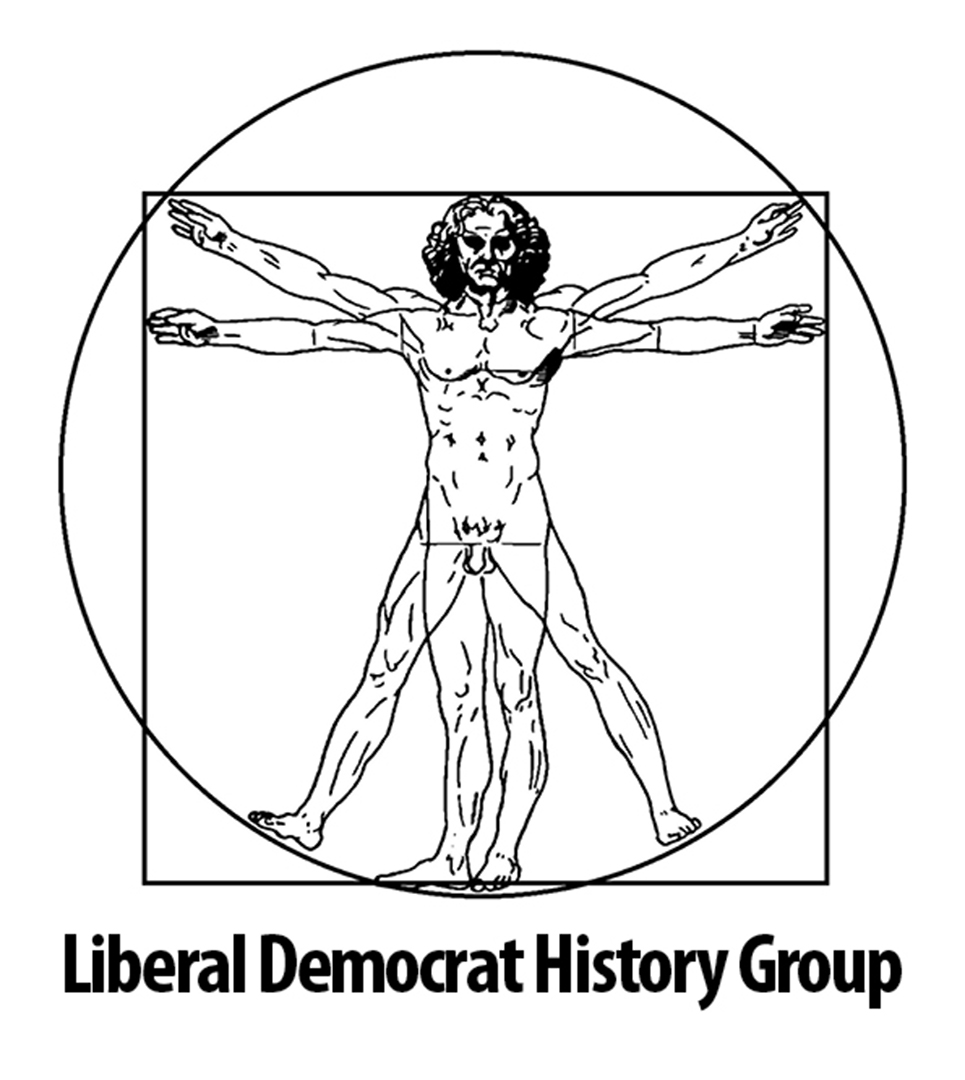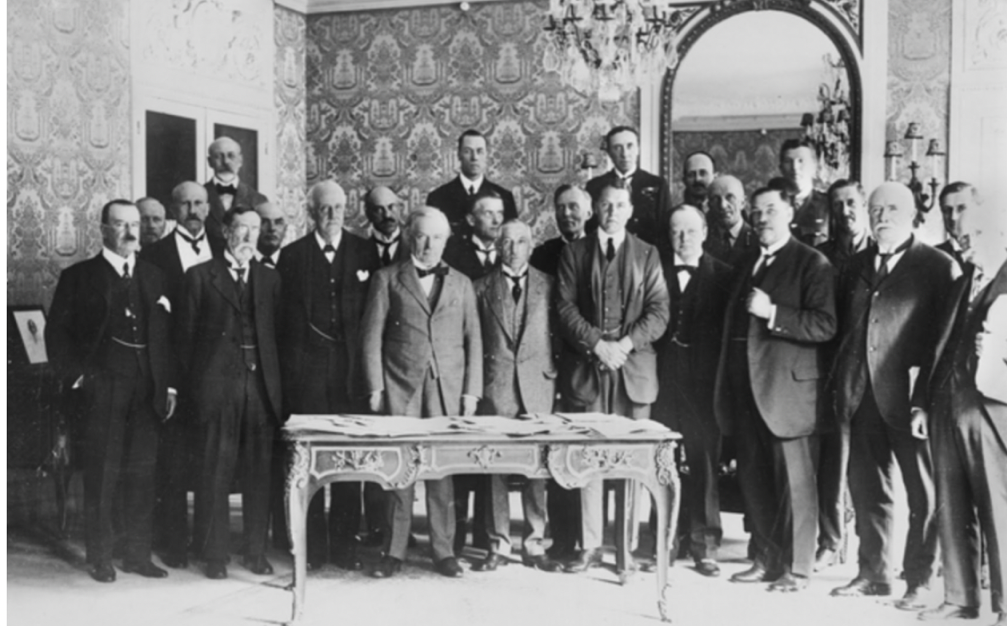Time Period: 1910-1929
The Liberals and the First World War
Understanding the history of the Liberal Party during the First World War has been made harder by hindsight. Later Liberal decline has called into question the efficacy of Liberal ideology in wartime.
Conscription and the Liberal Party
The issue of conscription rocked the Liberal Party to its very core during the first part of the Great War, as Liberal parliamentarians struggled to justify the needs of war and necessity of compulsion against the concepts of individualism and laissez faire which they held so dear.
The ‘Buckingham Palace plot’, 1916
Edwin Montagu, Minister of Munitions and confidant of both Asquith and Lloyd George lamented that the two great men of England were being slowly but surely pushed apart during the winter of 1916.
The Maurice debate, 9 May 1918
According to A. J. P. Taylor, the historic Liberal Party committed suicide on 9 May 1918 in a parliamentary debate which saw the former Liberal Prime Minister, Herbert Henry Asquith openly inferring that his former Liberal colleague and wartime Premier, David Lloyd George had misled the House of Commons about the number of British troops…
Asquith and Grey at the Reform Club, December 1916
Speeches delivered by H. H. Asquith and Viscount Grey of Fallodon at the Reform Club, London on Friday 8 December 1916, following Asquith’s resignation as Prime Minister.
Inter-war decline
The Liberals were a political casualty of the Great War – emerging from the conflict as a divided party, whose key ideological beliefs had been sacrificed to meet the needs of modern warfare.
The 1918 ‘coupon’ general election
Just 24 hours after the Armistice had been signed with Germany, Lloyd George announced his decision to hold an election in alliance with his Coalition partners and Parliament was accordingly dissolved on 14 November 1918. The ensuing contest shattered the Liberal Party by formalising wartime divisions and providing a clear distinction between those Liberals who…
Fusion: Liberals and Conservatives
The concept of fusion between the Liberal and Conservative parties was considered in the immediate post-war years as the solution for a new political age, in which traditional party allegiances had outlived their usefulness.
The 1923 general election
The 1923 election was sparked in October of that year, when the Conservative Prime Minister Stanley Baldwin announced that his government would be seeking a mandate to introduce tariff protection, in order to tackle growing levels of unemployment.
The 1924 general election
In contrast to the contest of 1923, the General Election of 29 October 1924 was an unmitigated disaster for the Liberals and the Party's parliamentary strength was reduced to just 40 MPs. A number of leading Liberal figures failed to emerge victorious from the contest, including the Party's leader, Herbert Henry Asquith, who lost the…

